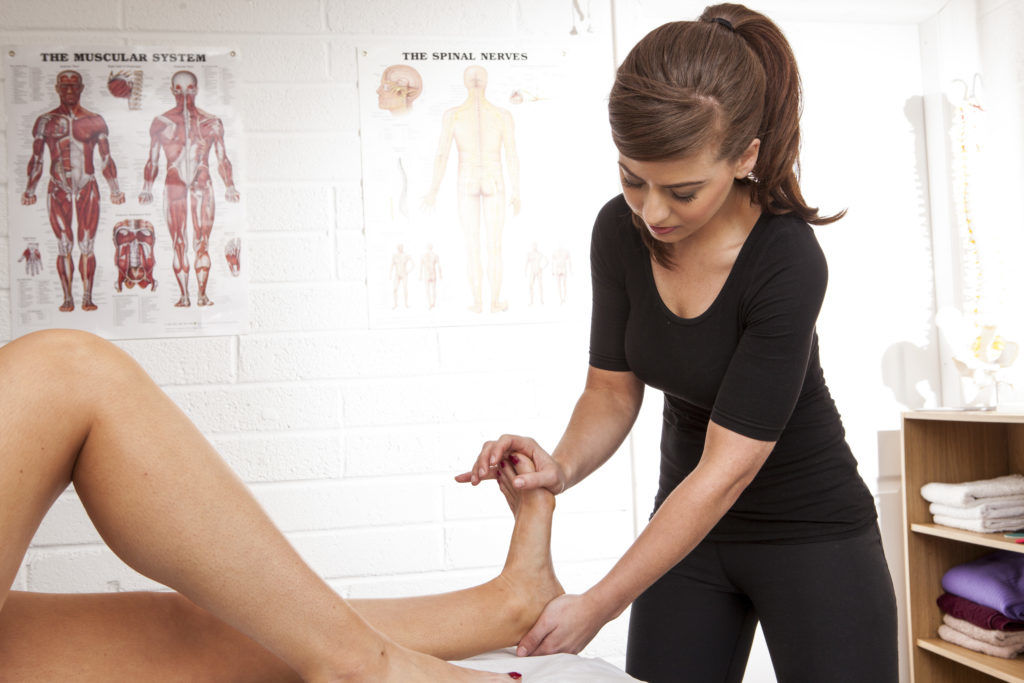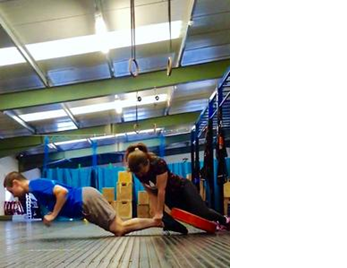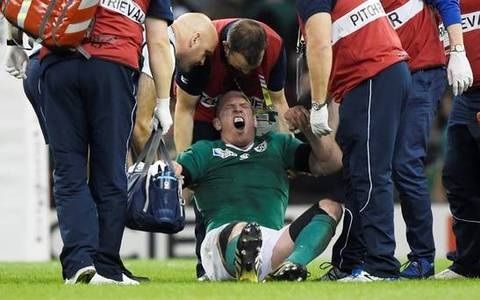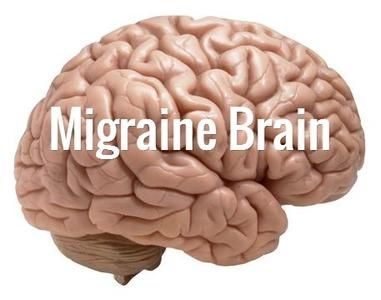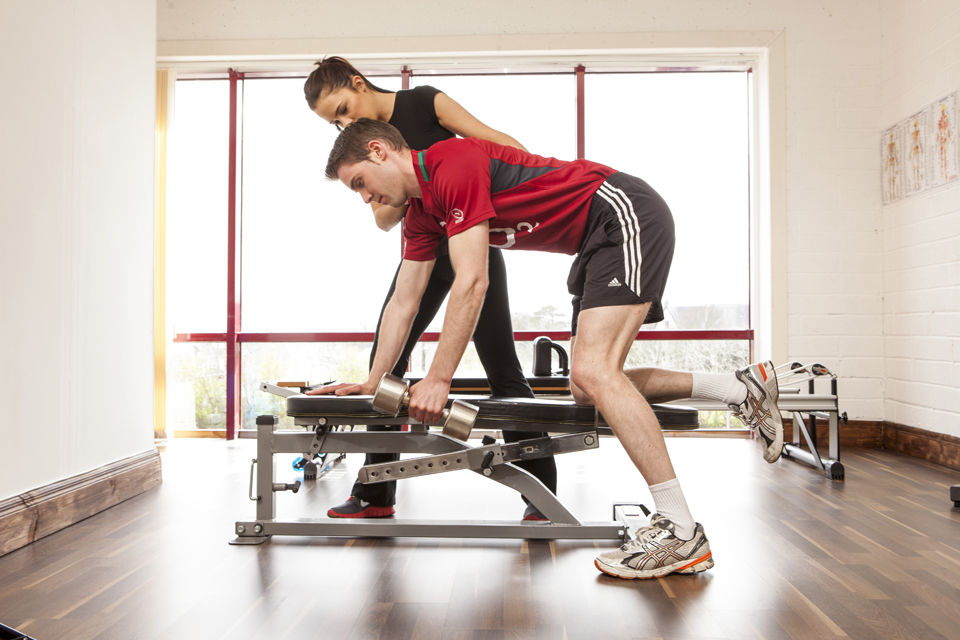Sports injuries tend to garner more than their fair share of well-meaning advice and old wives tales. Hamstring injuries are no different. Maybe there is something to be said for potions, magic waterfalls, and faith healers…but until something is shown to be more effective than placebo, we are going to stick to recommending what science and research studies have found to be most effective.
If you want to
1. Accelerate your return to sport
2. Decrease your risk of re-injury
You might be interested in finding out the following;
• What is most likely to help you
• What doesn’t make a difference
• What might actually make you worse
Before you read on it is worth noting;
Inflammation is the way your body tries to heal and regenerate new cells, to repair the injury site. Inflammation is crucial for injury recovery. A lot of advice given on acute muscle injury is based on the premise that you need to stop all inflammation. This is not true. Too much isn’t good i.e. a persistent swollen ankle, but on the other side, too little inflammation interrupts the normal healing process and has a negative long term effect.
Top Ten Tips
1. Get a diagnosis
Assessment by a chartered physiotherapist is very valuable and will give you an idea on the severity, estimated timeframe for return to sport and guide you through rehab. A think tank held by the British Journal of Sports Medicine in 2007 advocates massage away from injury site and mobilisation of the lumber spine in the early stages of hamstring injury.
2. Ice
Use ice for the first 24-48hrs. It had previously been thought that ice decreased inflammation in a muscle injury, however we now know that it has more of an analgesic numbing affect to the skin which is important for pain relief and also facilitating normal walking & function as soon as possible.
3. Don’t rest
Rest should be of limited duration and restricted to immediately after the trauma. Longer periods of unloading or rest of hamstring muscles are harmful and produce adverse changes in tissue biomechanics and morphology. You should aim to start a progressive exercise and loading program from 48 hours post injury.
4. Compression and Elevation
The use of a compressive support ie tubigrip around the thigh is advocated by sports medicine experts in the initial stages for assurance and support. Elevation probably has more of a role in a distal injury ie ankle sprain, based on the hypothesis that elevation will help drain some of the swelling away from the ankle. It is not considered as important for acute hamstring tears.
5. Load, load and increasing load
Progressive mechanical loading helps to restore the strength characteristics of muscle tissue by promoting a cellular response that causes a positive structural change within the injured muscle. So, don’t rest. Start strengthening your hamstrings as soon as pain allows. Even if you can only manage basic bridges, start here and progress.
But…too much loading too soon, may cause re-bleed and further damage. You do still need to protect vulnerable tissue. The challenge for your physiotherapist is to decide what is optimal for you in terms of dosage, nature and timing and the unique mechanical stresses placed you’re your hamstrings during your sport specific activity.
6. Don’t stretch.
Pulling or stretching the injured muscle tissue into pain will more than likely cause a re-bleed within the muscle and slow down healing, especially in the early stages. There is much more evidence in the research to recommend loading and strengthening your hamstrings to facilitate healing and recovery than there is for stretching. If your sciatic nerve (main nerve to the hamstrings) is affected, stretching into pain will irritate the hell out of it! On a correct exercise program you should be mobilising the hamstrings through range as well as strengthening.
7. The river, lake, sea, and magic waterfalls…
“I’ve spent the last 3 weeks down in Blackrock and I still can’t sprint…” Hmmmm
Maybe we are being too cynical but if there is good evidence to support other interventions to assist your recovery then it might be time better spent doing that than spending 3 weeks in the sea praying for a miracle?
But, in saying that, there is some evidence to support “cold water immersion” or as we call it; the Atlantic Ocean, for recovery of DOMS (delayed onsite muscle soreness) after high intensity exercise but just not for improved recovery after a muscle injury.
So, it is unlikely that you will do any harm by wading in the cold sea or a magic river after a muscle tear but it is also unlikely that it will have any positive effect, besides placebo. If you want to improve, get strengthening.
8. Don’t take anti-inflammatories
*Unless you are specifically directed to do so. The use of anti-inflammatories (NSAIDs: Non-steroidal anti-inflammatories) had been previously advocated but their widespread use for muscle injuries is now controversial. NSAIDs include ibuprofen, aspirin, neurofen, difene etc.
As we discussed above, we want to allow some inflammation to occur. Stopping inflammation altogether is argued to have a negative effect on the long term healing process. The use of anti-inflammatories for chronic tendon injuries, (some hamstring injuries will fall into this category) has been shown to compromise healing.
If you need pain relief look to paractemol or any other simple analgesic that has the same pain relieving effect as anti-inflammatories without the higher risk of asthma exacerbation, gastrointestinal and renal side-effects, hypertension and other cardiovascular disease.
9. Sleep well, eat well, best not to go on the tear…
We know sleep helps with recovery of every cell in your body. When you get injured or sick, get enough sleep! Be aware that what you put in to your body will be utilised as fuel to either help or hinder your recovery. Alcohol, whether to celebrate or drown your sorrows, is considered to have a negative effect on muscle repair.
10. Dos and donts
Do: get a diagnosis, ice, compression, keep moving, LOAD your hamstring, eat well, sleep well
Don’t: stretch, rest, spend 3 weeks in the sea hoping for miraculous recovery, take NSAIDs, and don’t go on the absolute piss!
All of this advice is based on our analysis of the current research and clinical guidelines into hamstring and muscle injury recovery which aims to facilitate your earliest return to sport and minimise your risk of re-injury. It is now up to you to make an informed decision on how best to manage your hamstring injury. based on; what has shown to be effective, what is of minimal benefit and what probably makes you worse.
Feel free to share with anyone you think might be interested!
Michelle Biggins
Chartered Physiotherapist
MSc. Hamstring Research Student at University of Limerick Contact us at info@proactivephysio.ie or 0851670574






